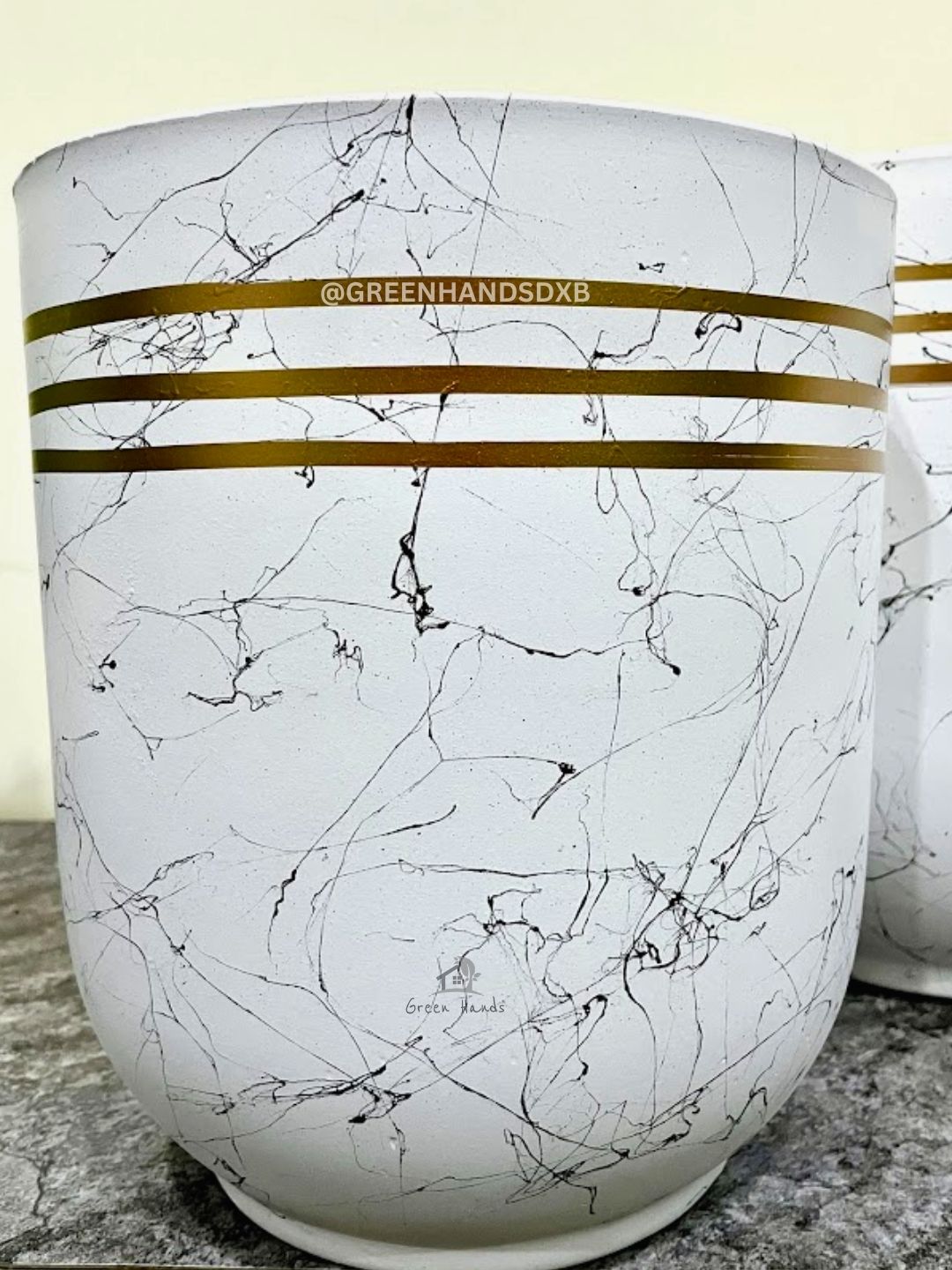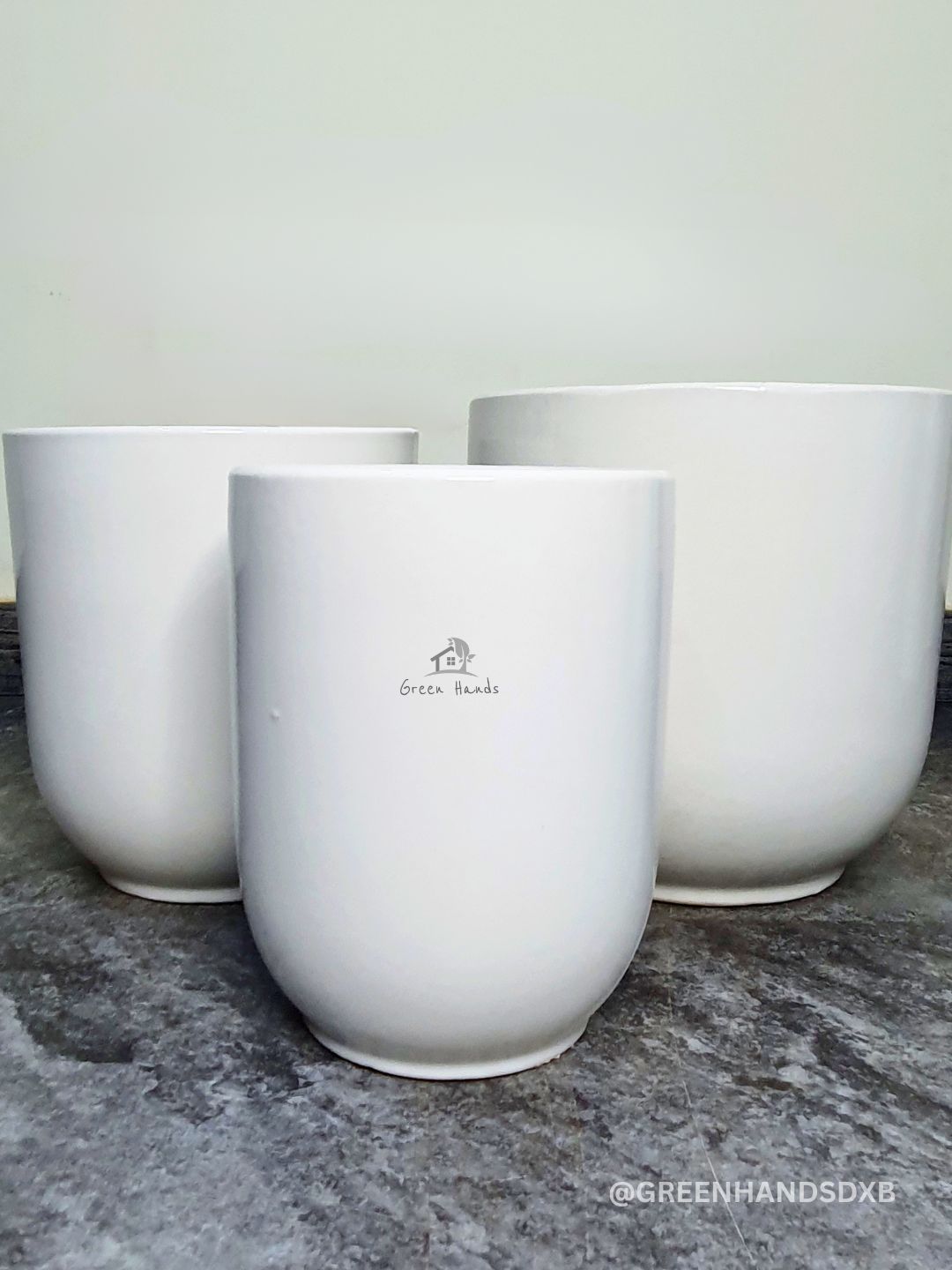
Mastering the Basics of Indoor Plant Care: Essential Guidelines for a Flourishing Garden

Embarking on the journey of indoor gardening is an immensely rewarding experience, offering endless opportunities for personal growth and connection with the natural world. However, it's important to begin your indoor plant adventures with a solid foundation of essential care knowledge to set your garden up for success.
In this comprehensive guide, we'll explore the foundational principles of indoor plant care that every aspiring plant enthusiast should master. From proper watering techniques to essential nutrients, lighting requirements, and pest management, this article will cover a broad spectrum of indispensable topics designed to empower you on your indoor gardening journey.
We'll delve into the nuances of various care practices, discussing different plant needs based on their native environments and growth habits. This comprehensive guide will also provide you with the know-how to customize your care and support each unique plant species in your collection. With detailed tips on finding the correct balance of water, light, humidity, and nutrients for your plants, you'll be well-equipped to cultivate a flourishing indoor garden that radiates health, vitality, and stunning beauty.
At Green Hands, we're committed to providing our customers not only with exceptional indoor potted plants, but also with the educational resources and expert guidance necessary to foster thriving, vibrant gardens. By mastering the basics of indoor plant care, you'll be on the path towards a joyous, fulfilling, and successful indoor plant journey. So, let's dive into the essentials and start unlocking the secret to happy, healthy indoor potted plants.
Watering Your Plants: Finding the Perfect Balance
1. Understanding Plant Watering Needs
Each plant species has its unique watering requirements based on factors such as native habitat and growth habits. For instance, succulents and cacti require much less water than tropical plants. Analyzing your plant's watering needs and adjusting your care routine accordingly is crucial to maintaining a healthy garden.
2. Techniques for Effective Watering
Establishing a consistent watering schedule, checking for signs of over- or under-watering, and adjusting your watering practices based on the size of the container or the season can make a significant impact on your plant's health. In addition, consider using tools like a moisture meter or the finger-test method to ensure the right level of moisture before watering.
Creating the Ideal Light Conditions
1. Assessing Different Types of Light
Indoor plants have varying light requirements, ranging from bright, direct sunlight to low, indirect light. Understanding the specific needs of each plant in your collection is essential for their well-being and growth.
2. Adjusting Light Sources for Optimal Plant Health
Place high-light requirement plants near south-facing windows, while low-light plants can thrive away from direct sunlight. Utilize artificial light sources, such as grow lights or LED bulbs, when natural lighting is insufficient to maintain optimal plant health.
Providing Essential Nutrients for Robust Growth
1. Choosing the Right Soil Mix
Selecting the right soil mix for your plants is crucial to their overall health and growth. Different plants require different soil types and nutrient compositions. For example, succulents and cacti thrive in well-draining soil, while tropical plants may prefer a more moisture-retentive mix.
2. Incorporating Proper Fertilization
Regular fertilization is an essential aspect of plant care, supplying your plants with the necessary nutrients for robust growth. Research the specific fertilization needs of your indoor plants to ensure proper nourishment and avoid issues like nutrient deficiencies or fertilizer burn.
Tackling Common Pests and Diseases
1. Identifying Pests and Diseases
Familiarizing yourself with common indoor plant pests, such as spider mites, aphids, and mealybugs, as well as common diseases like root rot and powdery mildew, can help you quickly recognize and address any issues that may arise in your garden.
2. Implementing Effective Pest and Disease Management
Early detection and intervention are critical to the successful treatment of pests and diseases. Employ a combination of preventive measures, such as regular inspection, proper sanitation, and optimal care practices, alongside targeted treatments like insecticidal soap or neem oil to protect your plants from harm.
Conclusion
Mastering the basics of indoor plant care is the first step towards cultivating a thriving, vibrant garden that enriches both your living space and your soul. With a strong foundation of essential care knowledge, continuous learning, and a commitment to fostering the well-being of your plants, you'll soon experience the unparalleled joy of indoor gardening success. Embrace the journey, and watch as the fruits of your labor transform your home into a lush, rejuvenating sanctuary brimming with life and serenity.
Enhance your indoor gardening journey with Green Hands' premium selection of indoor potted plants, curated care supplies, and expert advice. Start nurturing your thriving indoor garden today by visiting Green Hands!
















